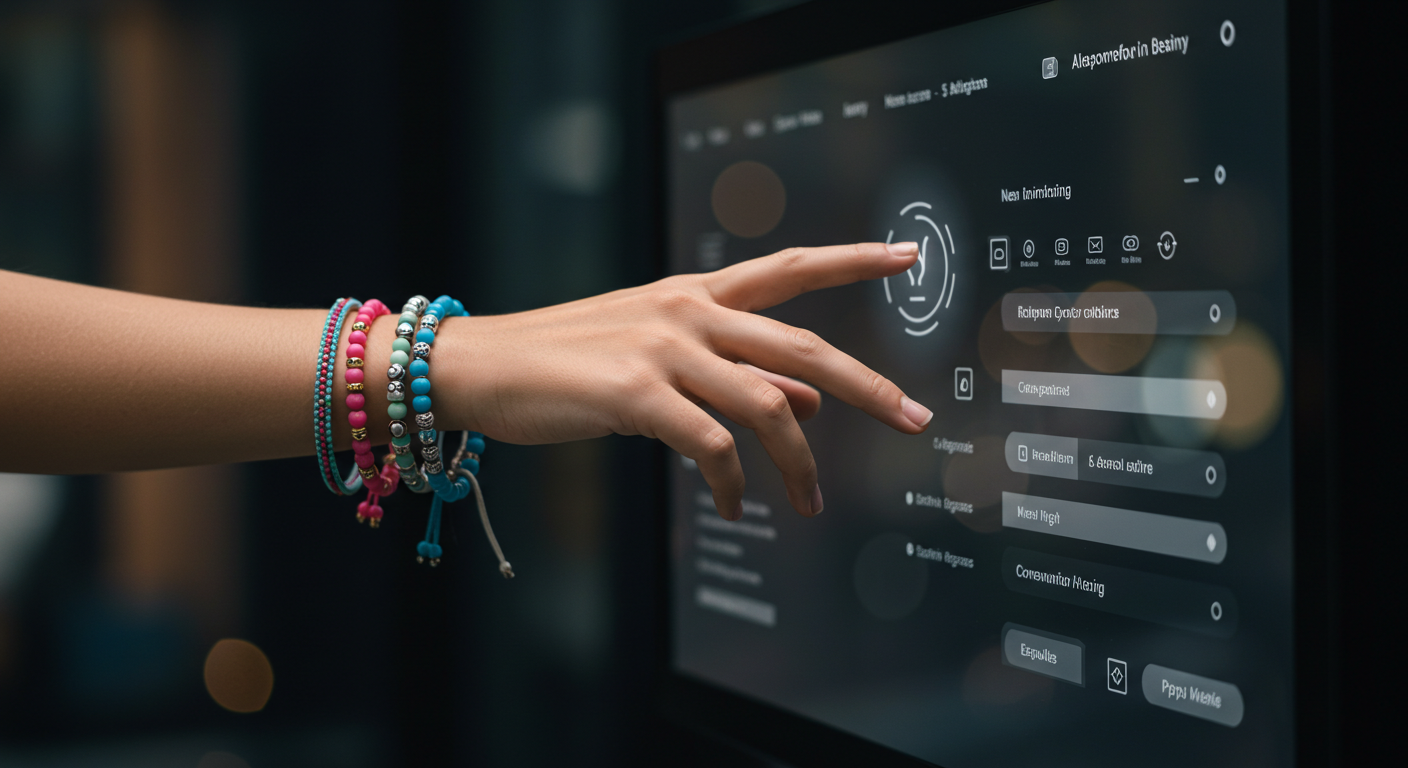In the third and final part of our series on website navigation, we’ll explore how mobile menus can evolve beyond basic usability—becoming more adaptive, responsive, and structured for seamless navigation on any device.
Why Mobile Menus Matter
When users visit your website on their phone, your menu is their guide. A well-designed mobile menu ensures they find what they need easily—without frustration.
With mobile traffic making up more than half of global web traffic, a poorly optimized menu can quickly drive users away. Mobile users expect simplicity, speed, and effortless navigation. If your menu is confusing or cluttered, they’ll leave rather than struggle to find what they need.
Key Differences Between Mobile & Desktop Menus
Mobile menus function completely differently from desktop menus:
- Limited space – Smaller screens require compact, clear navigation.
- Touch interactions – No hover effects—only tap-friendly elements.
- Expandable sections – Menus must open and collapse efficiently to avoid crowding the screen.
Instead of simply scaling down a desktop menu, mobile menus should be designed with mobile-first principles to ensure smooth usability.
Best Practices for Mobile Menus
To create a great mobile menu, keep these key principles in mind:
✔Keep it simple – Avoid unnecessary links and clutter.
✔Use tap-friendly buttons – Ensure links are large enough for easy tapping.
✔Make search easy – A visible search bar helps users quickly find what they need.
✔Ensure fast loading – Slow navigation leads to user frustration and high bounce rates.
Simplicity, clarity, and speed make navigation frictionless for mobile visitors.
Common Mobile Menu Mistakes
Some mobile menus overcomplicate navigation, frustrating users rather than helping them. Avoid these common mistakes:
- Too many layers – Users should be able to reach content with minimal taps.
- Tiny tap areas – Buttons should be large and easy to click, even on smaller screens.
- Hidden search bars – Users shouldn’t struggle to find basic tools like search.
By keeping mobile menus straightforward and accessible, users will stay engaged rather than abandoning your site.
Making Mobile Menus Responsive & Adaptive
Great mobile menus adjust based on screen size and user preferences.
✔Collapsible menus save space while keeping navigation clear.
✔Sticky navigation keeps key options visible even when scrolling.
✔Mobile-friendly animations make interactions smooth and intuitive.
These small adjustments make a big difference in usability.
Final Thoughts
A mobile-friendly menu isn’t just a smaller version of a desktop menu—it’s a purpose-built experience designed for touch interactions and quick access.
With mobile visitors outnumbering desktop users, optimizing your menu ensures better engagement, smoother navigation, and a frustration-free experience.






